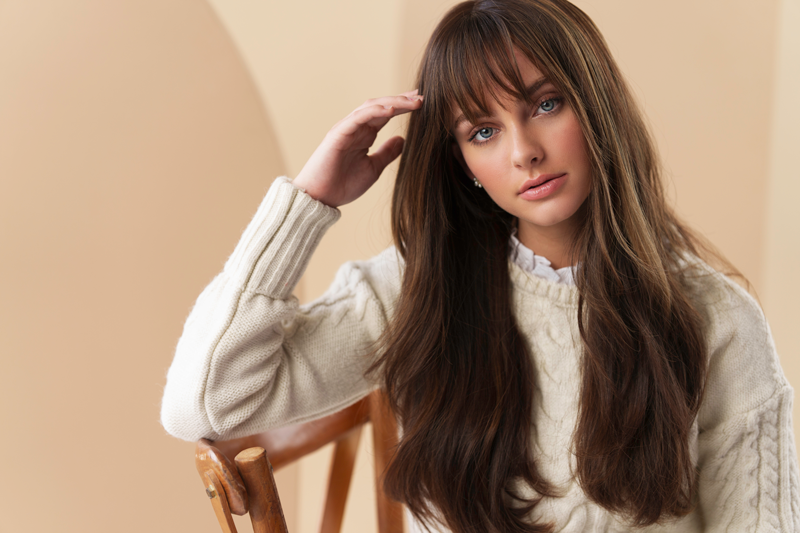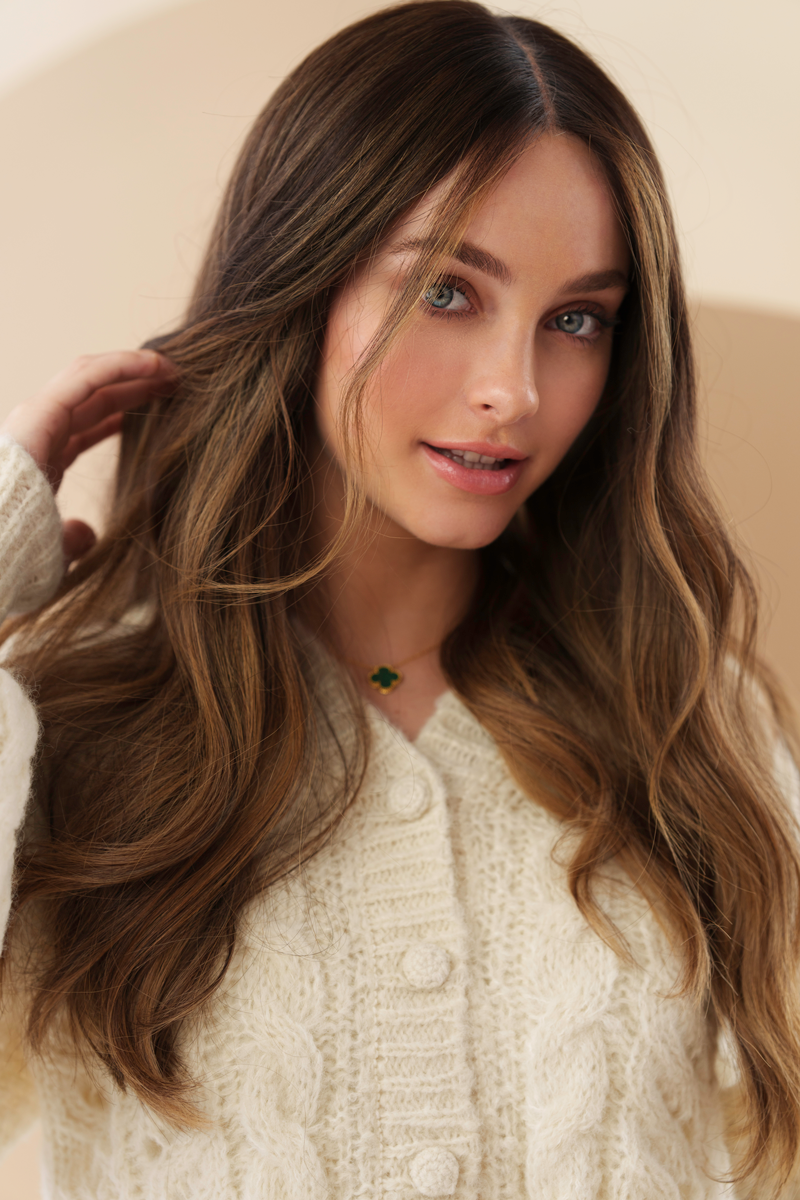With wig wearing and wig buying, there are so many terms that are used in the industry that aren’t always super clear. We made the optimal dictionary; broken down into all the necessary categories, so you are the most informed and can make the best choices for you!
Construction:
With the overall creation of wigs, there are 3 options; Skin top, lace front and lace tops.
Skin Top- it is a fully lined top that is made with specific material to mimic the look of a scalp. It is completely opaque and you cannot see any part of your own scalp/hair.
Lace Front- the front 1 ½ to 2 inches is a transparent lace and the rest of the top is the same material as a skin top. This allows for a super natural hairline but more coverage for those who want it.
Lace Top- the entire top (crown) of the wig is a transparent lace material with the hairs added individually for the most natural look possible. Lace tops can be lined for those that love the flat, hair like look but want a bit more coverage.
Cuts:
The cut of a wig is one of the most important things because the right cut will bring out all your best features, (think high cheekbones, sharp jawline...) While a cut that doesn’t flatter your face shape and style can give the illusion of some not so great features.
Blunt vs. Layered Cut- A blunt cut is when all the hair is at all the same length while a layered cut mean that the hair is cut a varying lengths. Blunt cuts are super sharp, chic and elegant while layers have flowing, lightweight and livable vibe. The beauty is that these cuts/styles can be combined. The most popular style currently is a cut with blunt ends (meaning the ends all come to a straight line) with long layers (within a few inches of the end of the wig) to provide body and movement. Layers really help wigs have a natural, hair like flow and can help the wig hold a style better. If layers make you a bit uneasy, ask for blended layers, which are more subtle and undetectable.
Lob vs. Bob- a Bob cut is when the wig ends between the shoulders to the ear. A Lob cut is when the wig ends between the shoulder and few inches below the collarbone. These terms are used a bit freely now, so we recommend indicating on yourself the preferred length or bringing in a picture to make sure everyone’s on the same page, lengthwise.
Texturizing Ends- this refers to a technique in which texturizing shears are used; which are a scissor with a comb one side and a blade on the other. The comb allows for the hair to separate and to cut in between the hair. Texturizing creates a beautiful blended look and adds lightness to the hairs which makes it look incredibly natural and have real hair like movement.
Coloring:
A common misconception is that coloring wigs can cause damage to the hair follicle. The only part of the coloring process that can compromise the hair is bleach, which is only used to lighten hair. So if you are darkening or toning a wig, there will be no damage to the hair.
Highlights- when bleach is used to create lighted strands of hair within the wig.
Lowlights- when darker streaks of color are added to the wig. This does not require bleach and will not compromise the quality of the hair.
Rooting- Adding darker color (generally) to the roots/crown of a wig. Generally, the color goes around 2/3 inches down, but there is also an option for a deep rooting if you want the color to go further down the wig.
Repairs:
Repairs are a wonderful thing to the wig industry because life happens! From little fixes to perfect a new wig, to fixing up some little bumps and bruises that come with the wear and tear of a wig, repair teams everywhere work some serious magic!
Cap Transfer- one size does not fit all! There are different sizes available and it is possible to switch out the cap while the wig remains perfect. In between sizes? Have no fear, caps are also able to be taken in, so rather go a size up and take it in then have a cap be too small and uncomfortable.
Adding/Removing Wefts- a weft is a row of hair, which is layered on a cap to create a wig. They are able to be adjusted so if you want a fuller loo, wefts can be added and if the density is too much or a weft isn’t laying right, it can be removed. Thinning a wig isn’t always the answer and too much thinning can ruin the wigs, so weft removal is the go to in those moments
Adding Baby hairs- Baby hairs are textured hairs added to close to the comb underneath the wig, right at the front. They help a wig look more natural, because real hairlines have baby hairs and when teased, they will keep your wig from falling into your face!
Adding a Lace/Lace Extension- An option to upgrade a skin top wig is to add a lace, essentially making it a lace front wig. A lace extension is when another piece of lace is added to a previously existing lace. An extension is needed when the lace is cut too short or the lace got damaged in some way or someone wants to make their already lace front wig into a deep lace front.
Removing Ear Tabs- this is when the clips by the ears and the triangle of fabric it is sewn in to are removed. This is recommended for getting an amazing and smooth ear tuck or if hair is pulled out from the front of the wig.
The most important thing we encourage is communication! Bring in pictures, videos or show length with your hands; it is so important to talk about what you want so you are thrilled with results. We hope this helps our clients understand a bit more of lingo and will give everyone amazing experiences with wigs!




